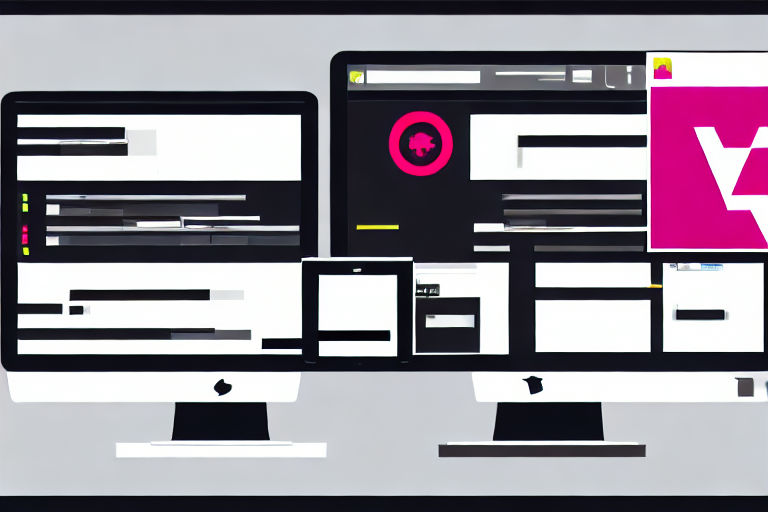The Power of Personalization in Email Marketing: The Ultimate Guide to Increased Sales and Brand Loyalty
Email marketing has been around for decades, yet it remains one of the most successful marketing channels for businesses to date. With a return on investment (ROI) of $42 for every $1 spent, email marketing is a must-have for any marketing strategy. However, with so many emails flooding customer inboxes, how can you make sure your emails stand out? The answer is personalization.
What is Personalization in Email Marketing?
Personalization in email marketing is the act of using customer data to create targeted, relevant content for each individual recipient. By leveraging customer data, such as past purchase history, demographics, and browsing behavior, businesses can create personalized messages that speak directly to the recipient's interests and needs.
The Benefits of Personalization
Increased Open Rates
Personalized emails have an average open rate of 18.8%, compared to 13.1% for non-personalized emails. By including the recipient's name or referencing their recent purchase in the subject line or opening sentence, you can grab their attention and increase the likelihood of them opening your email.
Improved Click-Through Rates
Personalized emails also have higher click-through rates (CTR) than non-personalized emails. In fact, emails with personalized subject lines have a 50% higher open rate and a 58% higher CTR than emails with generic subject lines.
Enhanced Customer Loyalty
Personalized emails make the recipient feel valued and understood, building a sense of loyalty towards your brand. By showing that you understand their needs and interests, customers are more likely to continue to engage with your brand and make repeat purchases.
Personalization Strategies
Segmentation
Segmenting your email list is the first step to personalization. By dividing your subscribers into groups based on demographics or behavior, you can create targeted campaigns for each segment. For example, you might create one campaign for customers who have made a purchase in the last 30 days and another for customers who have abandoned a cart in the last 24 hours.
Dynamic Content
Dynamic content allows you to change the content within an email based on the recipient's demographics or behavior. For example, you might show different products or offers to customers based on their past purchase history or browsing behavior.
A/B Testing
A/B testing allows you to test different elements of your email campaigns to see what works best. By testing subject lines, images, and calls to action, you can optimize your campaigns for better results.
Conclusion
Personalization is the key to a successful email marketing campaign. By leveraging data to create targeted campaigns, you can increase open rates, click-through rates, and customer loyalty. So, take the time to segment your list, incorporate dynamic content, and test your campaigns to see what works best. Your customers will thank you for it with increased engagement and sales.



